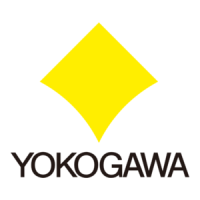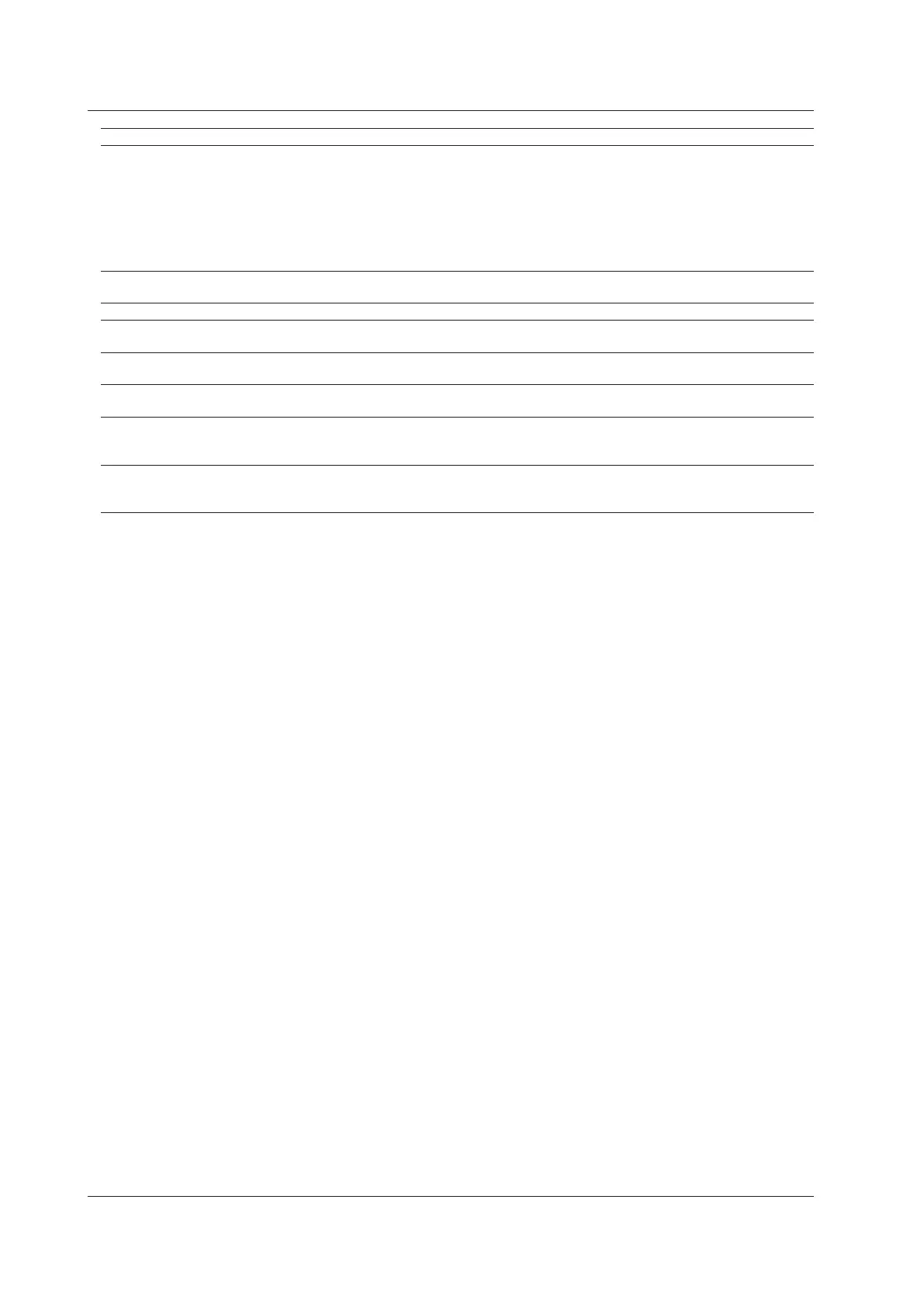Item Specifications
Power factor influence Whenpowerfactor
(λ)=0(S:apparentpower)
• ±0.2%ofSfor45Hz≤f≤66Hz.
• ±{(0.2 + 0.2 × f)% of S} for up to 100 kHz as reference data.
f is frequency of input signal in kHz.
When0<λ<1(φ:phaseangleofthevoltageandcurrent)
(power reading) × [(power reading error %) + (power range error %) × (power range/indicated
apparent power value) +
{tanφ×(influencewhenλ=0)%}]
When the line filter is turned
ON
45 to 66 Hz: Add 0.3% of reading.
Less than 45 Hz: Add 1% of reading.
Temperature coefficient Same as the temperature coefficient for voltage and current
Accuracy when the crest
factor is set to 6
Accuracy obtained by doubling the measurement range error for the accuracy when the crest factor
is set to 3.
Accuracy of apparent power
S
Voltage accuracy + current accuracy
Accuracy of reactive power
Q
Accuracy
ofapparent
power+(√(1.0004−λ
2
)−√(1−λ
2
)) × 100 % of range
Accuracyofpowerfactorλ ±[(λ–λ/1.0002)+|cosf–cos{f+sin
−1
(influence from the power factor
whenλ=0%/100)}|]±1digit
when voltage and current are at the measurement range rated input
Accuracy of phase
differenceφ
±[|f–cos
−1
(λ/1.0002)|+sin
−1
{(influence from the power factor
whenλ=0%)/100}]deg±1digit
when voltage and current are at the measurement range rated input
7.3 Accuracy

